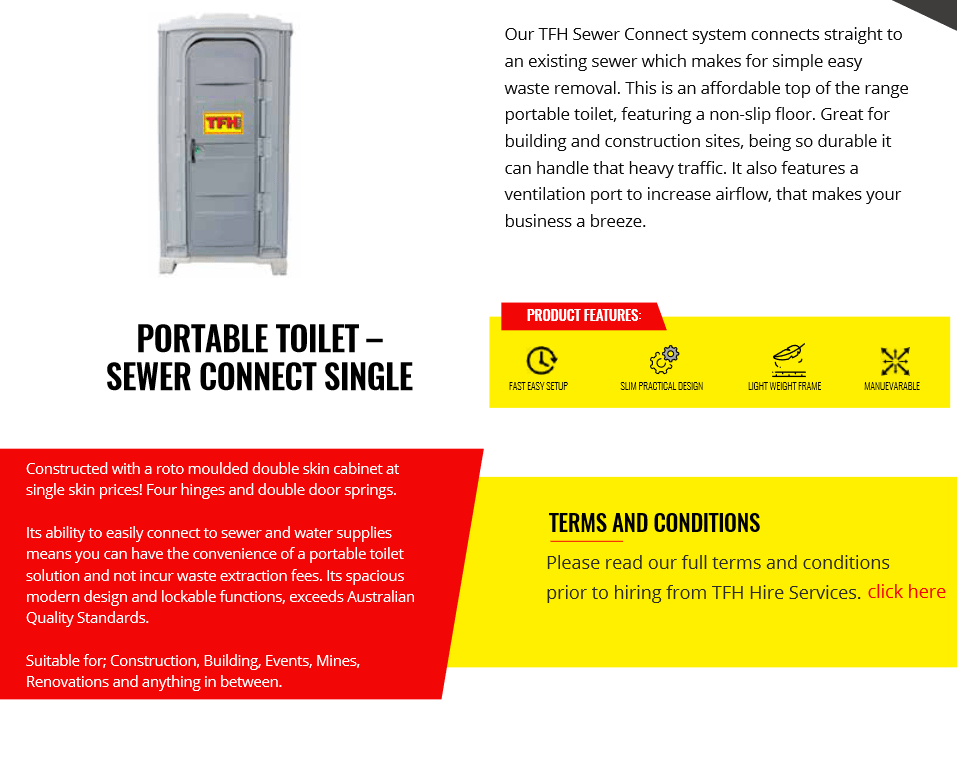The Only Guide for Reclaim Waste
Wiki Article
The Buzz on Reclaim Waste
Table of ContentsThe 6-Minute Rule for Reclaim WasteEverything about Reclaim WasteGet This Report on Reclaim WasteThe Single Strategy To Use For Reclaim WasteA Biased View of Reclaim Waste
Residential sewage waste refers to the waste and items from a household septic container. The correct monitoring and disposal of domestic sewer waste call for liquid waste to be moved to a sewage therapy plant where the proper approaches and devices are used to purify and dispose of waste.
Industrial waste typically consists of potential threats, such as flammable materials or a combination of liquid and solid waste items, and requires an advanced and comprehensive disposal procedure. The disposal of commercial waste normally entails the filtering of waste prior to transport to make sure secure and appropriate disposal. Industrial waste is produced from by-products and overflow of commercial processes and manufacturing.
This sort of waste can not use the same sewer monitoring transportation or processes as septic or business fluids. The industrial waste administration process requires the assessment and testing of liquid waste before it undertakes the disposal process (liquid waste disposal). Overflow waste is the liquid waste that originates from runoff and excess stormwater in extremely booming locations or cities
Runoff waste can trigger contamination and flooding if not managed properly. Learn much more regarding drain cleaning and waste administration. Making sure correct waste administration can stop catastrophes and minimize environmental harm. Both people in household setups and specialists in business or production markets can take advantage of understanding the procedures and guidelines of liquid waste monitoring.
Facts About Reclaim Waste Uncovered
Contact PROS Services today to discover our waste management and disposal services and the proper ways to care for the fluid waste you create.(https://reclaimwaste1.mystrikingly.com/blog/efficient-liquid-waste-disposal-in-melbourne-why-reclaim-waste-is-your-go-to)This so-called 'wastewater' is not just an important source but, after therapy, will be released to our land, waterways or the sea. Utilized water from toilets, showers, bathrooms, kitchen sinks, washings and industrial procedures is known as wastewater.

water utilized to cool down machinery or tidy plant and equipment). Stormwater, a kind of wastewater, is runoff that moves from agricultural and city areas such as roofs, parks, yards, roadways, paths and rain gutters into stormwater drains, after rain. Stormwater flows unattended directly to regional creeks or rivers, eventually reaching the sea.
The Only Guide to Reclaim Waste
In Queensland, most wastewater is treated at sewer therapy plants. Wastewater is transported from domestic or industrial sites through a system of sewers and pump terminals, known as sewage reticulation, to a sewer therapy plant.The Department of Natural Resources encourages regional governments regarding managing, operating and maintaining sewage systems and treatment plants. In unsewered locations, city governments might need householders to mount individual or household sewer therapy systems to deal with domestic wastewater from toilets, kitchens, restrooms and laundries. The Division of Natural Resources authorises making use of home systems when they are shown to be effective.
In some brand-new class, treatment of some stormwater to get rid of trash, sand and gravel has started making use of gross pollutant catches. Wastewater therapy happens in 4 stages: Gets rid of solid issue.
Wastewater then moves into big containers where solids work out and are removed as sludge. Grease and residue are skimmed from the surface area. Utilizes little living organisms referred to as micro-organisms to damage down and get rid of continuing to be liquified wastes and fine fragments. Micro-organisms and wastes are incorporated in the sludge. Gets rid of nitrogen and phosphorus nutrients that could trigger algal blossoms in our rivers and endanger marine life.
The Reclaim Waste Ideas
Nutrient removal is not offered at all sewage treatment plants because it requires expensive specialised equipment. Clear fluid effluent generated after therapy might still have disease-causing micro-organisms - liquid waste removal.
This typically indicates wastewater needs to be treated or impurities removed prior to it can be discharged to waterways. A lot of wastewater flows right into the sewage system. Under the Act, city governments carry out authorizations and licences for environmentally relevant tasks (Ages) including wastewater releases that could have a regional impact. The department administers authorizations and licences to ERAs involving wastewater launches that might have a local or statewide influence.
The 5-Minute Rule for Reclaim Waste
Tracking supplies factual information about water high quality and can verify that permit conditions are being met. The information acquired via surveillance gives the basis for making water top quality decisions.Report this wiki page